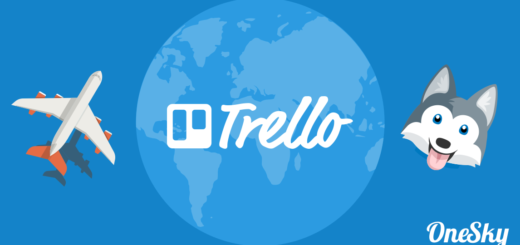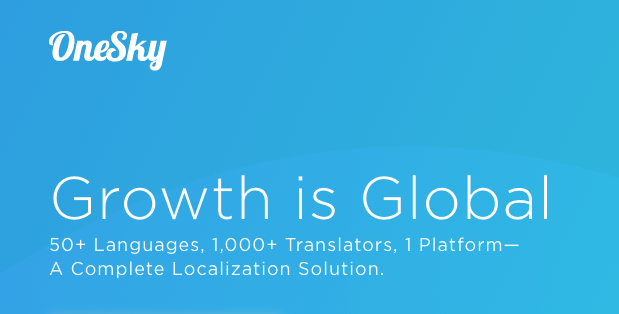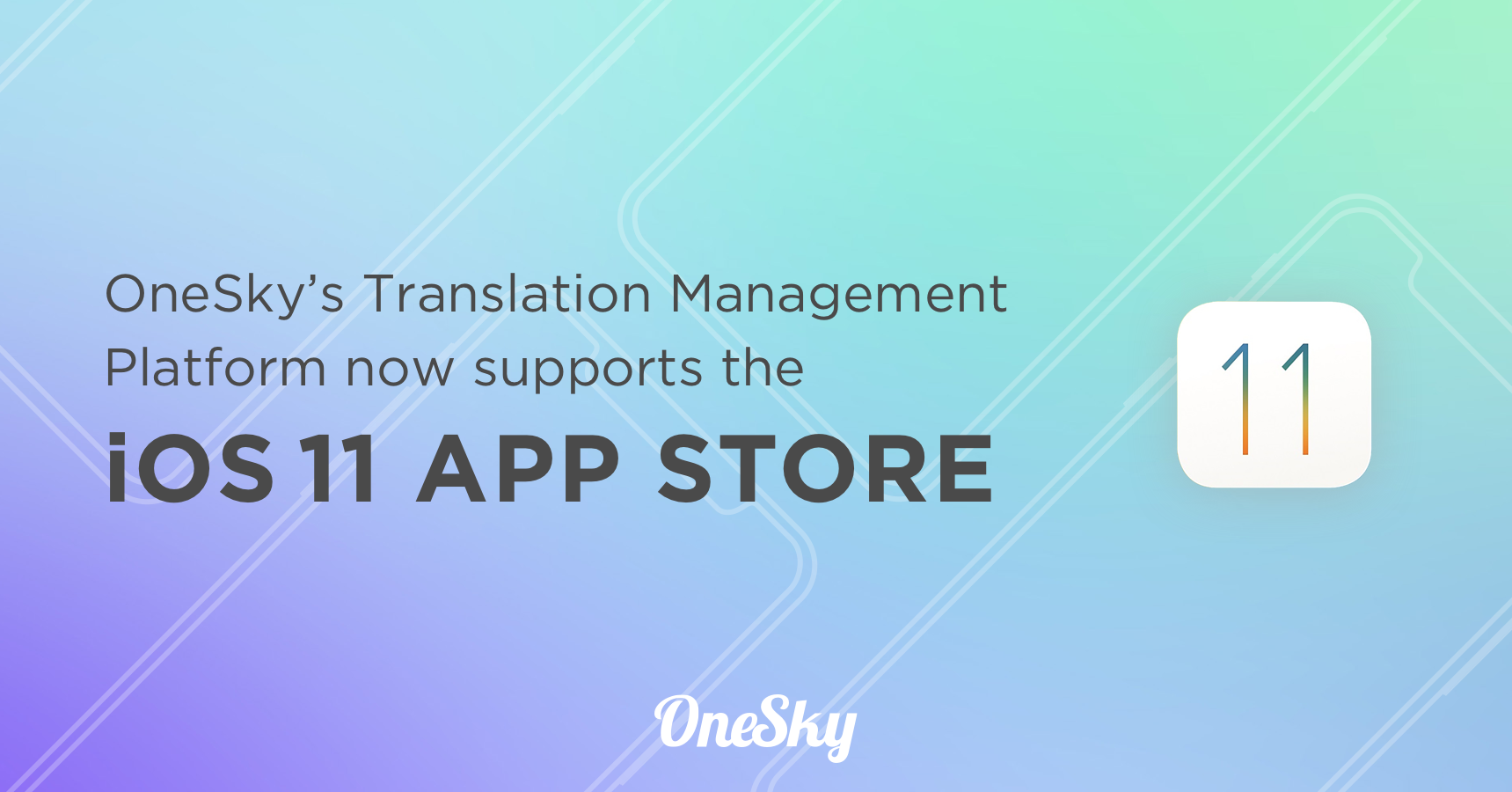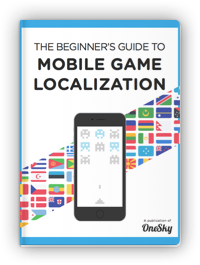Crafting Your International Strategy: A Guide For Global Expansion
In today’s rapidly globalizing digital economy, having a proper international strategy, including multidomestic and transnational strategy, is not only beneficial but also critical for software and SaaS companies looking to thrive in the competitive global market. This strategy involves exporting a business model and adapting to the complexities of different markets and local tastes to ensure relevance and competitiveness.
A Harvard report shows that a staggering 72% of consumers spend most or all of their time on websites in their own language. This highlights the essential role of understanding local languages, cultures, and market dynamics for successful international expansion. Companies like McDonald’s and Apple exemplify this approach by tailoring their offerings to meet local preferences in different countries, from menu items to product features.
English is one of the most widely spoken languages worldwide, with over 1.46 million speakers. However, the majority of the global population collectively communicates in other languages. This highlights the vastness of the global market and underscores the potential for your business expansion through effective content translation services like OneSky.

Source: Statista
In this article, we’ll review the foundational aspects of crafting an effective international strategy, look into the nuances of localization beyond mere translation, explore the impact of translation management systems (TMS), and discuss how global companies leverage technology for scalable solutions and guide you through the complexities of international business strategy, ensuring your expansion efforts are both strategic and successful.
The Foundations of an International Strategy
An international strategy is a comprehensive plan that outlines how your company operates in the global market. For software and SaaS companies, this strategy is crucial for tapping into new international markets such as China, France, and Canada and achieving global expansion. It involves exporting products and adapting operations and strategies to meet the diverse needs of customers across the globe.
Now, let’s see how you can develop an international strategy for your company.
Market Research
The first step in crafting an effective international strategy is through market research. Understanding the specific needs and behaviors of local customers in various target markets is essential. This research should encompass a detailed analysis of local tastes, responsiveness, and preferences, which are critical for effectively customizing products and services. For instance, how KFC adapts its menu to include regional specialties in Asia reflects deep local market understanding.
Competitor Analysis
It provides insights into what other global companies are doing. This step helps identify both opportunities and threats within foreign markets. Analyzing how competitors have succeeded or failed can offer valuable lessons and help pinpoint areas where your company can differentiate itself.
Setting Clear Objectives
Any strategic management plan must have measurable objectives. Your objectives should align with your company’s broader goals but also consider the unique challenges of operating internationally. These might include achieving certain economies of scale, entering a specific number of new markets, or achieving a set revenue target from international business.
Localization: More Than Just Translation
Localization is a vital element of any successful international strategy. It extends beyond the simple translation of the text, embracing full cultural adaptation and legal compliance to ensure products and communications resonate with local markets. This deeper level of customization is what distinguishes companies that are successful on an international scale enabling them to manage local responsiveness and integrate into the domestic market of Mexico and France.
Broad Scope of Localization
- Cultural Adaptation: Localization involves adapting your product and marketing efforts to align with the local culture, local tastes, and consumer behaviors. This could mean altering graphics and design elements to fit local aesthetics, modifying product features to meet local needs, or tweaking marketing messages to echo local idioms and humor. An example is how McDonald’s introduced menu items like matcha-flavored desserts in Japan and spicy vegetarian options in India, which cater specifically to local preferences.
- Legal Compliance: Localization also requires adherence to local laws and regulations, which can vary widely from one region to another. This includes everything from data privacy laws to consumer protection standards. Ensuring compliance is crucial not only to avoid legal pitfalls but also to build trust with local customers.
Impact of Effective Localization
Proper localization significantly enhances user experience, increasing customer satisfaction and greater acceptance in new markets. When users see that your product speaks their language, respects their cultural norms, and meets local legal requirements, they are far more likely to engage with your brand. This can lead to better market penetration and increased loyalty among consumers, thus enhancing your company’s global integration and supply chain management.
Global brands like Apple, which meticulously localize their product launches and marketing campaigns to ensure relevance and appeal across different regions, can provide an example of the impact of effective localization.
The Role of Translation Management Systems
A translation management system (TMS) is essential for companies aiming to implement an effective international strategy. A TMS streamlines your localization process, ensuring that translation and cultural adaptation are efficiently managed across multiple languages and markets. It ensures that all translations adhere to your company’s branding and messaging guidelines, preserving your brand’s voice and identity across subsidiaries in different home country markets and cultural contexts.
How a TMS Enhances Localization Efforts
- Increased Efficiency: A TMS automates many aspects of the translation process, reducing the time and effort required to manage multilingual content. This system ensures that translations are completed faster and with fewer human errors, which is crucial for companies that need to update and deploy content quickly across various global markets.
- Cost Reduction: A TMS helps reduce the costs associated with traditional translation methods, which often involve multiple rounds of revision and manual coordination. This system can also store and reuse previously translated segments, lowering translation costs over time as the database of the translated content grows.
- Brand Consistency: One of the significant challenges of international business is maintaining brand consistency across different languages and cultural contexts. A TMS helps ensure that all translations adhere to the company’s branding and messaging guidelines, preserving the brand’s voice and identity regardless of the market.
Strategic Value of TMS in Global Expansion
Integrating a TMS into your global strategy not only optimizes localization efforts but also supports broader strategic management goals like market entry and competitive advantage. As multinational corporations expand into new territories, like China and Mexico, the ability to manage translations efficiently becomes a vital component of their operational strategy.
An example of TMS efficacy can be seen in companies like Nestlé managing their diverse product lines across different markets, ensuring that all packaging and promotional materials accurately reflect local languages and regulatory requirements.
Leveraging Technology for Scalable Solutions
In the dynamic world of international business, leveraging cutting-edge technology is essential for developing scalable solutions that support global strategies. Advancements in AI and machine learning (ML) are particularly transformative, enabling more efficient and effective localization processes that keep pace with the demands of the global market.
These technologies are essential for trade-offs in decision-making processes, allowing multinational companies (MNCs) to maintain agility in expansion strategies.
AI and ML in Localization
AI and machine learning (ML) technologies are revolutionizing how companies approach localization by automating complex processes and making data-driven decisions at scale. These technologies can analyze large volumes of data to identify patterns and preferences in different markets, allowing for the automation of content adaptation and prediction of market trends.
These technological advancements facilitate continuous localization for agile software and SaaS companies. This process integrates localization activities seamlessly into everyday development operations. This approach is crucial for companies operating in fast-food tech environments, where product updates are frequent and must be instantly available in multiple languages.
Continuous Localization for Agile Environments
Continuous localization is a game-changer for businesses that need to update and deploy software globally at a rapid pace. It ensures that new features and updates are immediately localized, reducing the lag time between release and availability in foreign markets. This method supports agile development cycles, enabling global companies to remain competitive in new markets and responsive to local customers.
Technology-Driven Scalability
Implementing AI-driven localization tools allows businesses to scale their operations without a proportional increase in costs or resources. These tools can manage increasing volumes of content and more complex localization scenarios as companies grow and enter different markets.

Global Expansion Powered by OneSky
In today’s interconnected world, your company’s success is highly contingent on a well-orchestrated international strategy. Localization is the heart of this strategy, which goes far beyond translation to encompass cultural adaptation and compliance with local regulations.
OneSky is a comprehensive translation management platform specifically designed for software and SaaS companies. By choosing OneSky, you’ll get a partner who not only understands the intricacies of global markets but also offers the tools and expertise needed to navigate these complexities successfully at a very reasonable and affordable price.
Take your company to new heights with OneSky by preparing a reliable and sustainable international strategy. The advanced cloud-based translation management system and a refined AI-powered translation service enhanced by 1,000 professional linguists of OnSky make it a reliable go-to resource for all localization needs that is perfectly suited to help you with different types of international strategies.




 Written by -
Written by - 



 Written by
Written by 


